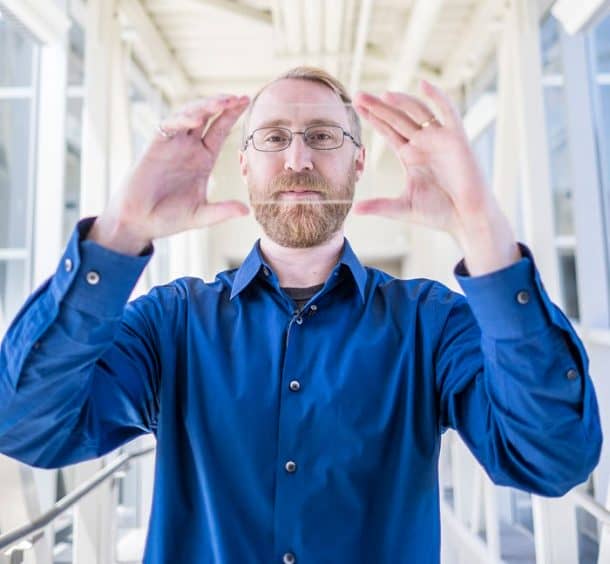When we think about harvesting solar energy, our mind automatically thinks of huge solar panels on the top of roofs or solar farms with an array of solar panels neatly laid out. That may be subject to change in the not so distant future. Transparent solar panels, even though less unheard of, have the capability to meet 40% of all American household needs.

These also have a larger application as they would not have to be specially installed up on roofs. Being transparent, they can be used as window panes and even in automobiles.
“Highly transparent solar cells represent the wave of the future for new solar applications,” explains materials scientist Richard Lunt from Michigan State University. “We analyzed their potential and show that by harvesting only invisible light, these devices can provide a similar electricity-generation potential as rooftop solar while providing additional functionality to enhance the efficiency of buildings, automobiles, and mobile electronics.”
In 2014 Lunt’s team developed a transparent luminescent solar concentrator that looks just like a piece of clear glass. The glass was covered with tiny organic molecules, which allowed it to absorb specific wavelengths of light and being invisible at the same time. The material only captures ultraviolet and near-infrared wavelengths of light and leaves the visible spectrum of light to pass as is. This is the reason behind its transparency.

Lunt and his fellow researchers have concluded that if these see-through panels can cover 5-7 billion square meters of glass surfaces, they would have the capability to provide 40% of America’s energy. A similar analysis of rooftop solar panels was conducted by the US Department of Energy reached the same conclusion. If the two type of cells are used together, they could potentially supply all of America’s needs. “The complementary deployment of both technologies could get us close to 100 percent of our demand if we also improve energy storage,” Lunt says.
The new technology is still is in the development phase and the efficiency is still low, around 5% as compared to the conventional panels at 15-18%. Lunt explains that “Traditional solar applications have been actively researched for over five decades, yet we have only been working on these highly transparent solar cells for about five years. Ultimately, this technology offers a promising route to inexpensive, widespread solar adoption on small and large surfaces that were previously inaccessible.”
You can see the working here:


